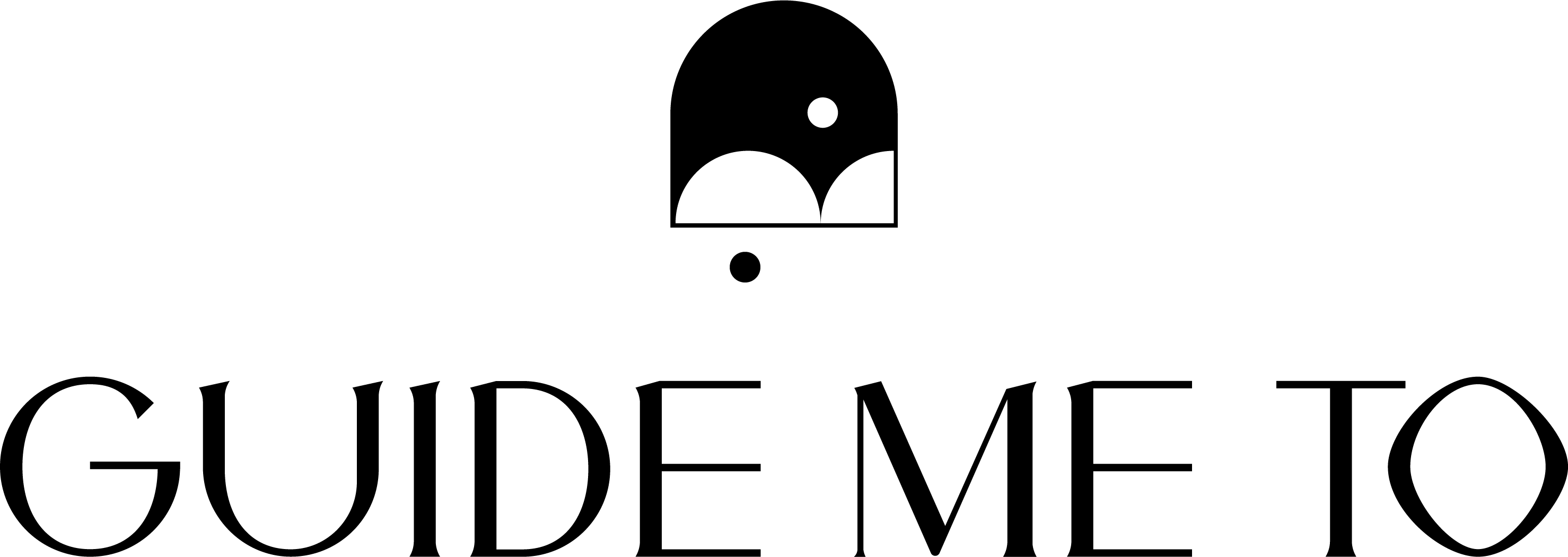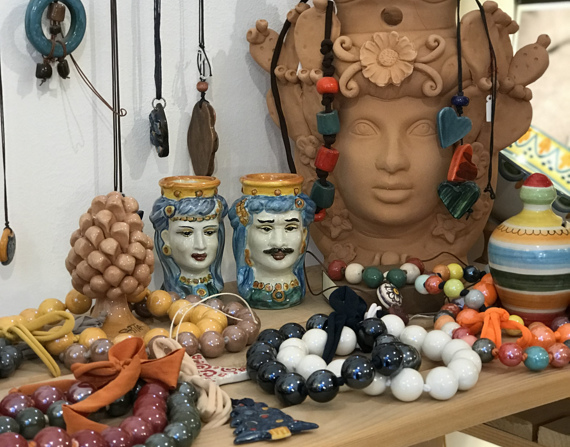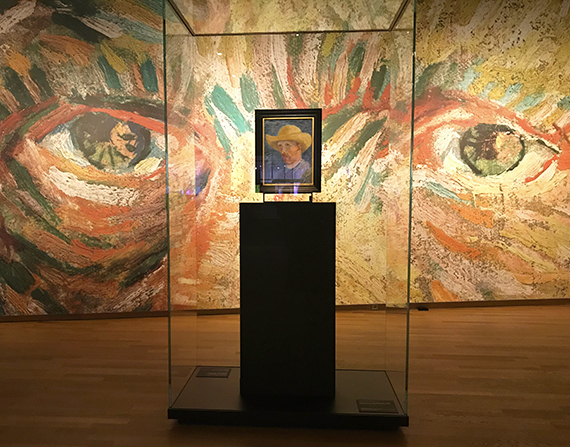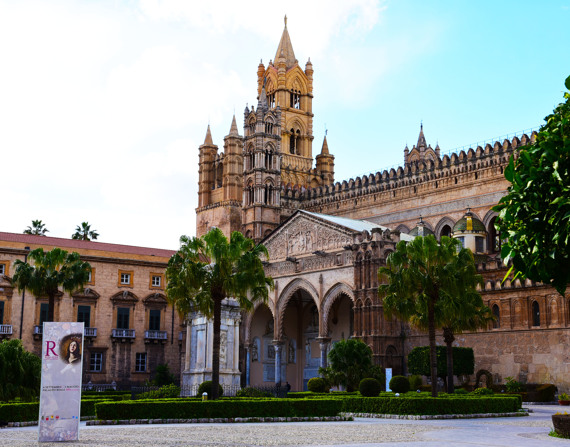Facades of Leipzig: the meaning behind the animal sculptures
In 1920, the animal fur market in Leipzig represented 1/3 of the world market. More precisely, in the streets known today as Brühl Street and also on Nikolai Strasse, it used to be mostly full of Jewish merchants (60%), who were responsible for the economic cycle of the textile retail market. At this place the first street fairs emerged back in 1895, the same street fairs we see everywhere in the world. These fairs crammed not only on the streets, but mostly inside the passages - called the Speck's Hof. There was no money at that time.
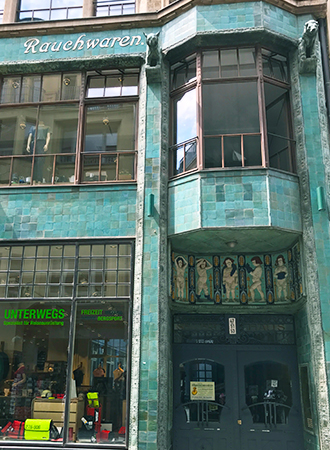
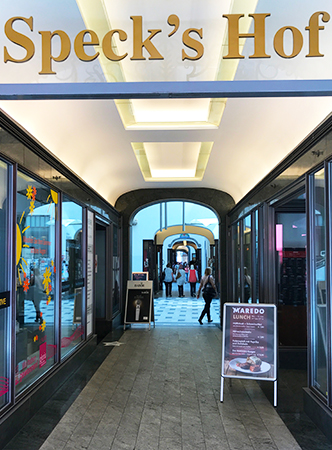
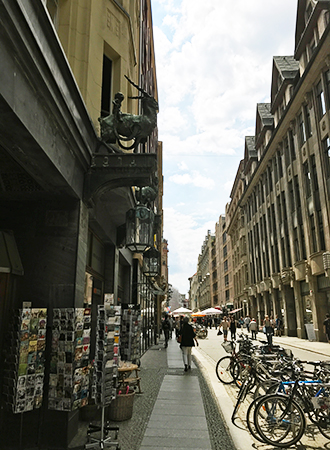
That is, goods were bought with the so-called "certificate papers" that attested to that financial amount. But back in the 1920s, in the heyday of the animal fur market, so that out-of-town traders could identify the streets that had this kind of trade, small animal-shaped sculptures were built, whether cats, rats, monkeys, dogs, lions, always positioned at the top of houses and easy to see. The fur market is over (fortunately, by the way), but to this day the small statues painted in allusion to the animals are still there, mostly on the top of houses and small local shops.
